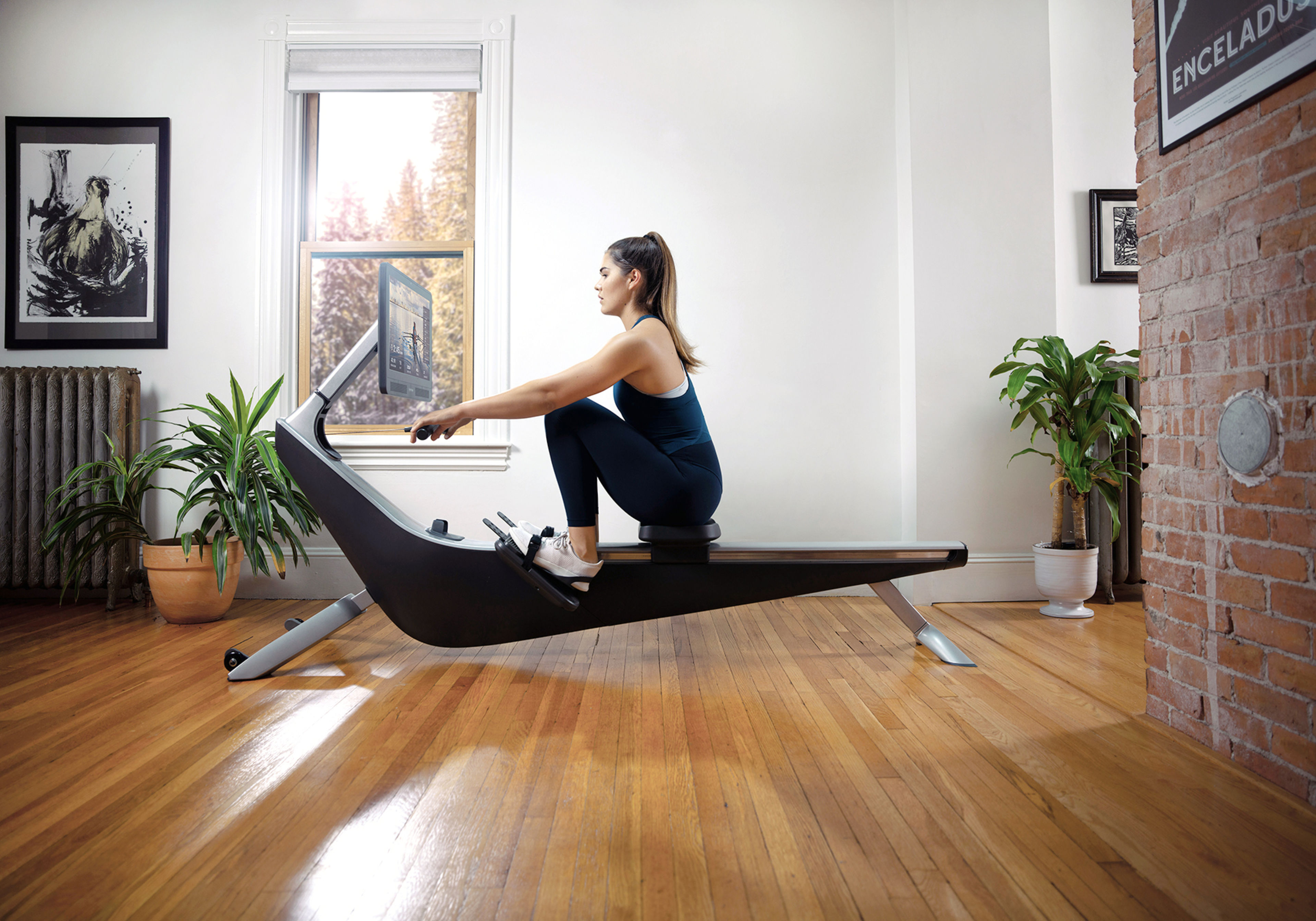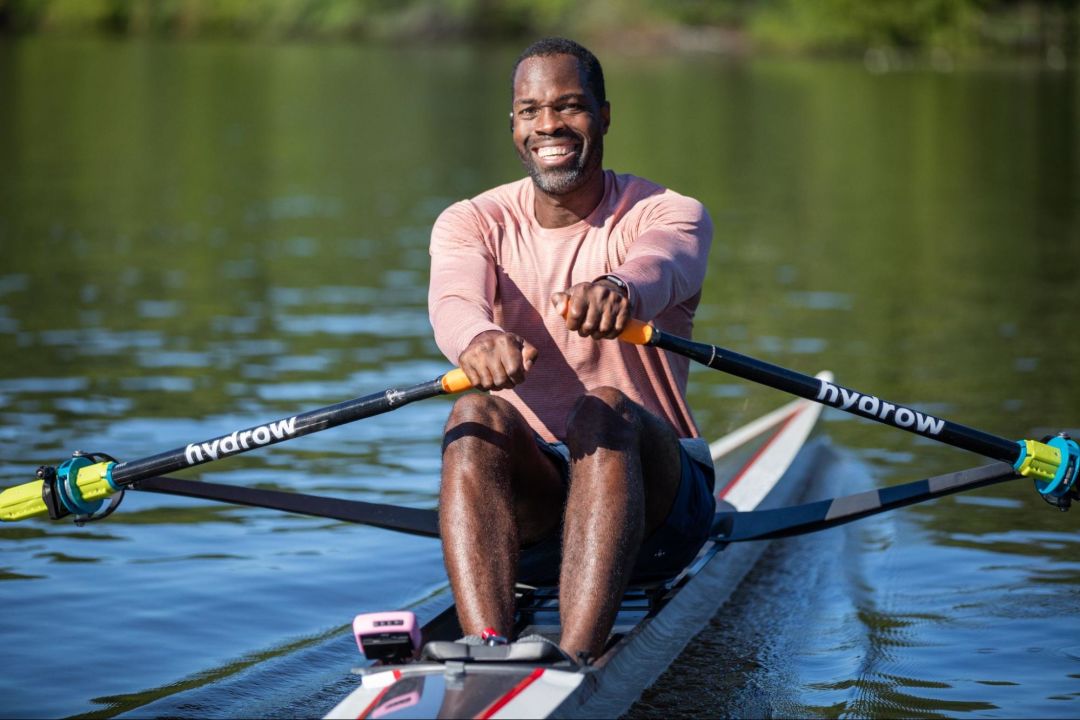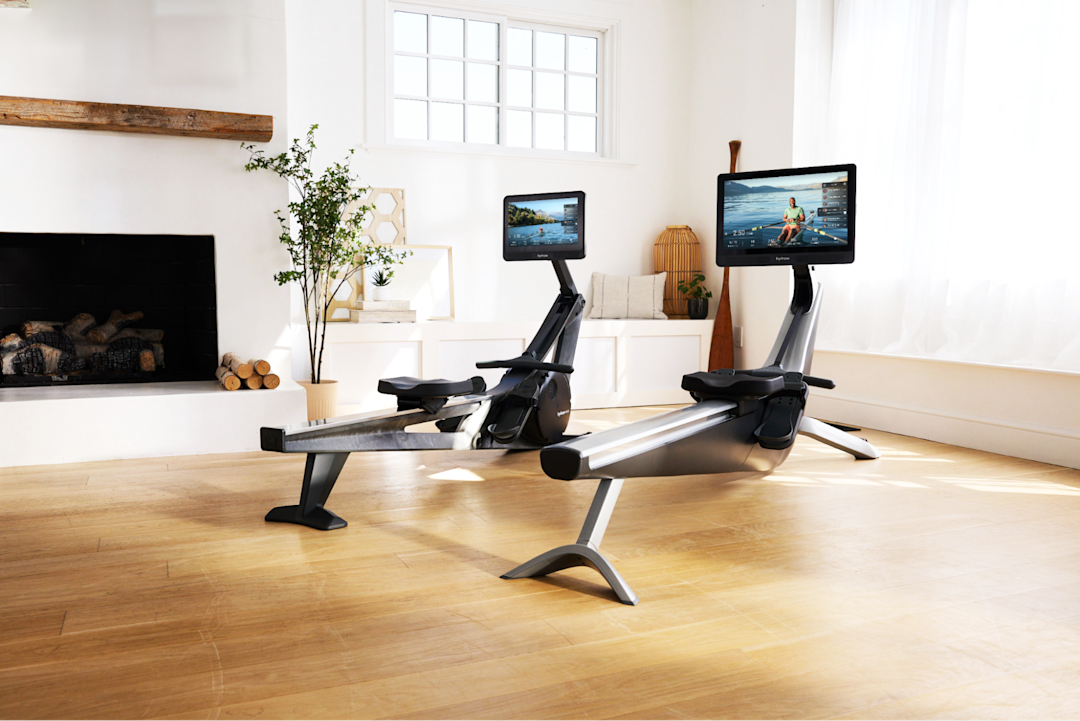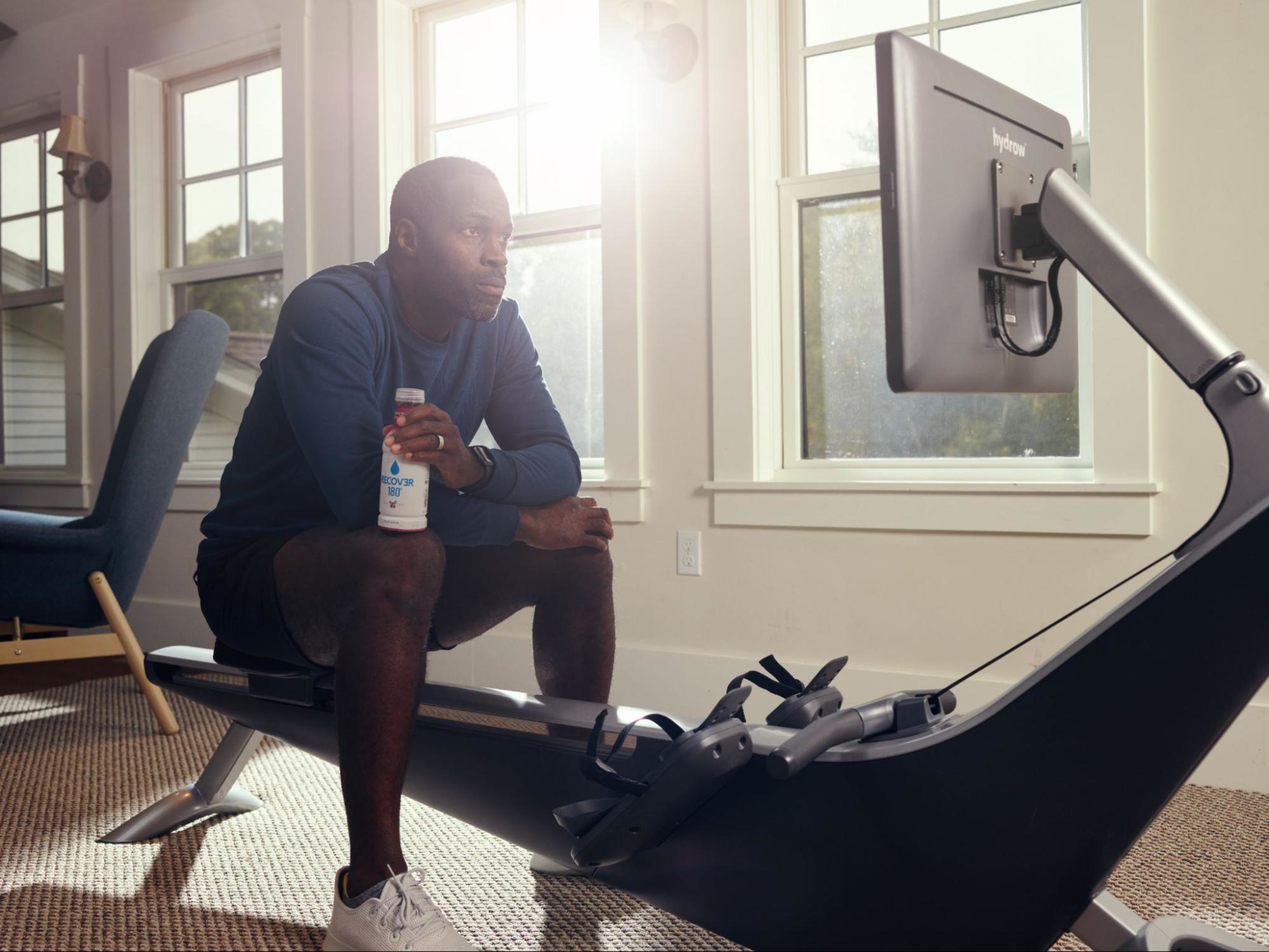Is Rowing Good for Your Knees?

If you’re looking at rowing for a full-body exercise that is time-efficient, hard to beat for great cardio conditioning, and great for developing strength, one question you may be wondering along the way is, “Is rowing good for your knees?”
Rowing does use a huge 86% of your muscles, including your legs, core, and arms and can help with fat loss as part of a balanced exercise and diet-based approach — but does it cause knee pain? And can it be done as part of a workout routine if you already have pre-existing knee problems?
In this blog, we’ll go over:
Let’s get started!
Is a rowing machine good for your knees?
In short, rowing is a low-impact, non-weight-bearing activity that uses a good range of knee joint motion, helps develop leg strength, and helps reduce overall weight. These attributes can all be beneficial for not only overall health, but also for knee health.
So, the short answer here is yes, rowing is good for your knees! Let’s look a little more closely at why these factors can mean rowing could be a great exercise choice for you.
Rowing is low-impact
The rowing stroke is a smooth, rhythmic motion that starts with pressing your legs to begin the stroke. It is then followed by engaging your core muscles before you finish the rowing stroke by pulling your arms into your body.
This smooth motion means it’s a low-impact exercise that doesn’t produce the high-impact motions that can damage your knees (such as those found with running).

Experience the most immersive and efficient total-body workout with Hydrow.
Rowing is non-weight-bearing
Because the rowing stroke is done in a seated position, it is non-weight-bearing. This means that the added stress produced by your bodyweight in running-based sports is not taken through the knee joints in rowing. During the rowing stroke, your leg muscles from your feet, calves, hamstrings, quads, and glutes all work together to produce power.
Rowing can protect your knee joints
An additional benefit is that you can use a large range of motion through your knee joint. This helps develop and strengthen muscles around the knee that both support and protect the joint.
Related blog: Is Rowing or Cycling Better for Your Knees?
Is a rower bad for your knees?
We’ve already looked at the multiple reasons why rowing can provide many knee benefits, including its low-impact, non-weight-bearing nature and its ability to strengthen the muscles surrounding your knee joint and help improve knee mobility. But are there reasons rowing can be bad for your knees?
The answer really lies in the proper use of a rowing machine. Improper technique, a sudden increase in activity, incorrect equipment setup, or inadequate warmup can all lead to potential knee problems from rowing.
Rowing is a very safe exercise for knee health, but let’s take a look at some scenarios that could contribute to knee problems:
Improper rowing technique
Rowing efficiently to get the best workout and reduce the chance of any injury (including knee injuries) requires rowing with proper technique. Luckily, the rowing machine is fairly simple and can be learned easily!
For knee safety, we recommend bending your knees no more than 90 degrees as you begin the rowing stroke. This will eliminate the potential of over-extending your knee joint over many repetitions, which could cause potential knee problems.

Considering a Hydrow rowing machine? We tackle all your burning questions in our FAQ guide.
Incorrect rowing machine setup
Incorrect rowing machine setup can place your body in a position that has the potential to cause knee problems over time. Again, the good news is that rowing machines are simple to set up and easy to change.
Rowing machines typically only need one adjustment to fit your body, which is the height your feet are placed in the foot straps. We recommend placing your foot so the strap crosses your foot across the knuckles or widest part of your foot. It should feel comfortable and allow you to row a full range of motion without over-compressing your knees.
In my experience of over 30 years in rowing, I typically see people new to rowing will put their feet too high. So, if in doubt, try moving your foot downward toward the floor.

Did You Know?
Over 90% of Hydrow members are still active one year later.
Sudden increase in activity
Overuse, or a sudden increase in rowing (or any activity, in fact) can lead to a whole host of potential injuries. Take your time to let your body adjust to rowing. As your body adapts to this new beneficial stress, it will become stronger, fitter, and able to row more.
Related blog: Is Rowing Hard?
Not warming up properly
Again, the last potential injury concern affects all forms of exercise: not warming up properly. Spend a few minutes before your workout by performing a rowing-specific warmup at a more gentle pace. Include mobility work to make sure all your joints and muscles are prepared for the activity you are about to do.
Is a rower good for bad knees?
If you have a pre-existing knee issue, bad knees, or knee problems, you likely want to know whether rowing is a good exercise for you. There is no hard-and-fast rule here — knee problems vary and come from many sources, including overuse injuries, traumatic injuries, genetics, or even age-related problems.
Rowing can still be a good workout if you have a pre-existing knee condition. However, there are some common-sense things you can do to make sure it’s right for you:
Talk to a medical professional: Your doctor can help you address your specific knee issue and evaluate whether rowing is a viable workout option for you.
Learn about proper form: Using this exercise machine correctly can really make a huge difference when it comes to your comfort and sustainability.
Gradually introduce rowing into your routine: This is key to allowing your body to adapt to a new movement. Remember to include plenty of rest days and to vary your exercises, especially as you start out.
Listen to your body: If you are experiencing knee pain, know that is not normal in rowing. Stop and address the issue with your medical professional before continuing.
Final thoughts: Is rowing for me?
Rowing can have major benefits for your knees. As a low-impact, non-weight-bearing workout, it provides a way to get in a strength and cardio workout that uses and strengthens a majority of your body’s muscles, including the leg muscles around your knee joints. As part of a healthy diet and exercise plan, rowing can also help burn fat and build lean muscle mass, which also helps to reduce stress on your knee joints.
Overall, rowing workouts are a very healthy and safe activity for both your overall and knee health. As with any form of exercise, there are ways you could injure yourself or aggravate an existing knee problem. But focusing on proper form and slowly working up to the intensity and duration you’re aiming for are important steps you can take to avoid getting injured.
If you are interested in learning more about incorporating rowing into your exercise routine, Hydrow has a range of indoor rowers and workout styles, all led by world-class Athletes that will bring all levels of intensity and duration from easy to challenging all while helping you learn the correct rowing technique.

Explore Hydrow
Learn more about how you can transform your fitness routine with a rowing machine.







